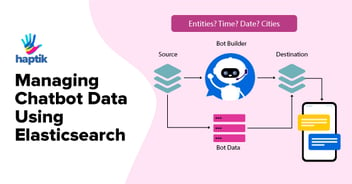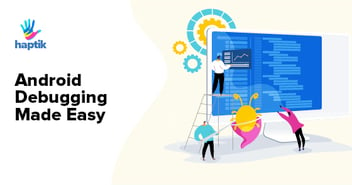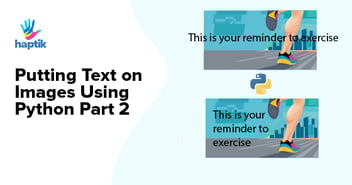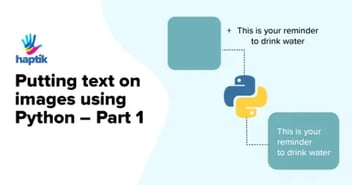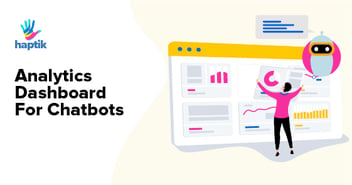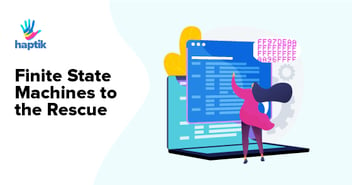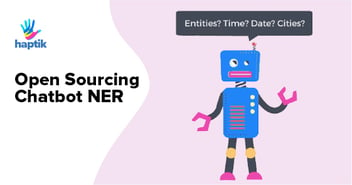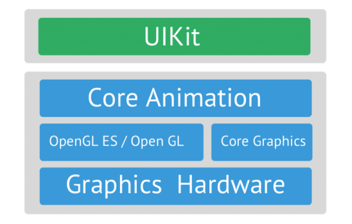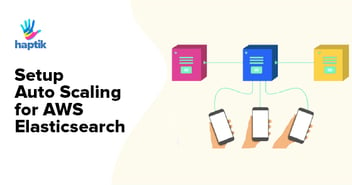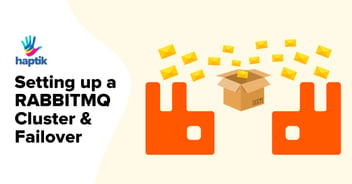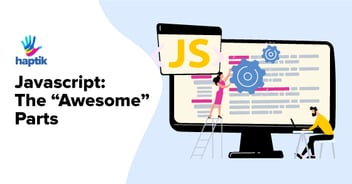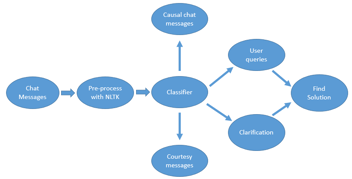The Landscape of Large Language Models (LLMs): Risks, Balancing Options & Way Forward
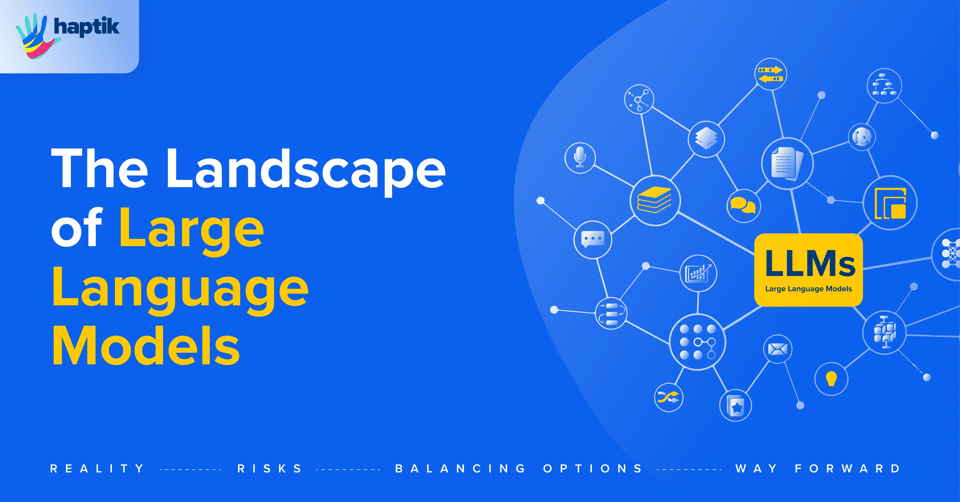
When we talk about using super-smart computer programs like OpenAI GPT, Gemini and Claude2 in real life, it's not all just fancy tech talk. In the real world, these smart tools come with some things to think about. We're not just looking at how well they can do things; we're also thinking about how to make sure they're fair, accurate, and useful. This part of the discussion dives into the real challenges we face when we put these tools to work, from dealing with unfair stuff they might say to making sure they use the right information. It's all about finding the right balance between cool technology and making sure things work well for everyone.
At the ground level, deploying & using LLMs involves confronting several practical realities:
1. Model Performance and Fine-Tuning
LLMs offer impressive capabilities but often require fine-tuning for specific tasks. Domain expertise and labeled data are necessary for optimal results.
- LLMs need lots of data to learn tasks, but finding good data can be hard.
- Fine-tuning on limited data can make them forget how to do other things.
- We can overcome these challenges by using pre-trained models, special techniques, and careful adjustments.
2. Data Privacy and Security
The usage of LLMs raises concerns about data privacy and security. Handling sensitive data requires robust measures like encryption, access controls, data residency and much more. Considering this some additional recommendations for Enterprises to build a way to not send PII data to these LLM models as that could breach data transfer, residency compliance. We at Haptik have employed n number of security measures to ensure our customer’s data is safe. We will follow this up with a dedicated blog on Security for LLMs.
3. Bias and Fairness
LLMs can definitely inherit biases from training data, leading to biased outputs. Regular monitoring, detection tools, and manual intervention are needed to ensure fairness. One can implement or test using techniques like Bias Audit, Counterfactual Testing or something like Adversarial Testing. You can read more about Bias in AI systems here.
4. Customization vs. Generic Content
Finding the balance between customizing LLMs for industry-specific content and maintaining generality is a crucial decision point. Both have their pros and cons and depends on the use-case. You could follow the below approach:
- Assess Your Needs: Understand the specific tasks you want the LLMs to excel at. Identify areas where industry-specific expertise is crucial and where general knowledge is necessary.
- Weigh Pros and Cons: Customization makes the LLMs an expert in a particular field, while generality ensures versatility. List the advantages and disadvantages of each approach to make an informed decision.
- Gradual Implementation: If you're just starting with these LLMs, don't feel pressured to fully customize or generalize right away. Gradually tweak their training to strike the right balance for your company's requirements.
5. Integration Complexity
Integrating LLMs into existing workflows requires technical expertise and careful consideration of data preprocessing and result interpretation. Since day one we have not just trained our Engineers but we have been training every single person in the organization. Highlighting some challenges and simple solutions for Python based systems:
- Data Preprocessing and Formatting:
LLMs require text data in a specific format for processing.
Example: In Python, using libraries like transformers from Hugging Face, you might tokenize and format your input data before passing it to the LLM.
- Versioning and Backups:
Just like software, LLM models can be versioned to keep track of changes and ensure reproducibility.
Example: Use version control tools like Git to manage changes to fine-tuned models, datasets, and preprocessing scripts. - Interacting with APIs:
Many LLMs are accessible through APIs. Make sure you understand API usage limits, costs, and response times.
Example: When integrating an LLM API into your application, consider how often you'll need to make requests and plan accordingly. - One very important point here is Parallel Processing and Batch Inference:
To handle a large volume of requests, consider techniques like parallel processing and batch inference. Eg. Instead of sending requests to the LLM one by one, process multiple requests simultaneously in batches.
These were just a few things you might come across.
6. Resource Intensiveness
LLM-generated content can strain computational resources. Proper resource allocation is essential for efficient operations. With Paid LLMs its easier as its managed by the provider and takes away all your burden however all that comes at a cost.
I wonder till how long GPT and other paid services would be able to maintain the current pricing and not start charging more. Could self-hosting be the ultimate solution as there we might be able to get cost benefits of volume discounts etc.
7. Cost Management
Managing costs associated with LLM usage involves:
- Optimizing queries,
- Caching responses, and
- Exploring pricing plans.
- Building a middleware micro/nano service - Directly calling these paid APIs like GPT etc. might end up costing one 1000s of dollars if proper governance is not in place. One could build a middleware that handles all this and gives us usage insights etc. in depth. Caching of API Calls to LLM models also allows us to not hit for eg. GPT APIs which reduces cost for similar prompts and it also improves latency.
8. Human Oversight and Control
Human oversight ensures the quality and appropriateness of LLM-generated content. Automation should be balanced with human intervention. I feel its still too early to not be involved and govern how the systems are consuming and responding with required information. Regular training and expertise would have to built over time.
9. Adaptation to New Information
LLMs might lack the latest information. Training LLMs on latest data could be a tedious and costly task. Regular updates, feeding data from one’s end and manual interventions are required to be successful. A mix of data feeding and existing LLM data power is the way to go.
10. Quality Assurance & use-case solving
The most important quality checks to ensure we are able to test the integrations and use-cases we are building and the quality is maintained across models, across systems and end-user experience is not hampered. Automation is the way to go for this. We could use AI for AI to test AI.
That being said, I also wanted to touch based upon how to efficiently use the different available models out there.
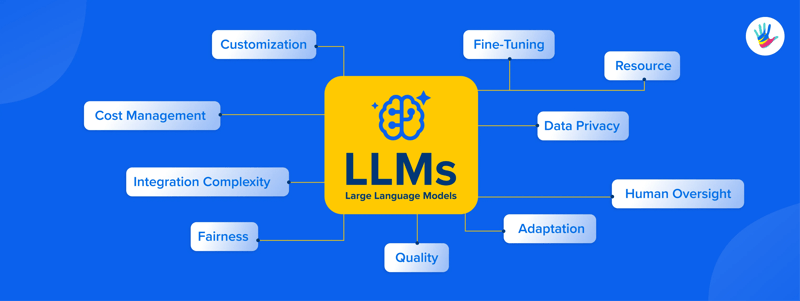
Hosting & Balancing Approaches: Way Forward
In the rapidly evolving field of large language models (LLMs), choices between models like OpenAI’s GPT, and now Google’s Gemini alternatives such as open source models ( mixtral, LLaMA 2 ) require careful consideration. The performance, availability, ease of integration, and costs play pivotal roles in these decisions. While OpenAI might be a dominant name, other options like Gemini, Claude2 offer unique advantages. However, the choices made can have broader implications.
- Avoiding Single Points of Failure
The allure of LLMs often leads to their extensive integration into various applications, potentially making them single points of failure. Relying heavily on a single technology can be risky. To mitigate this, a diversified technology stack and contingency plans are recommended.
- Managing Costs and Availability
The costs associated with OpenAI GPT usage can be substantial. If alternatives like Claude2 are more cost-effective and offer comparable performance, they might be preferable choices. However, regional availability must also be considered. If Claude2 isn't accessible in specific regions, businesses may need to explore alternative strategies.
To avoid roadblocks, enterprises can adopt a mix of strategies:
- Paid : Paid services ofcourse offer lesser maintenance and more enterprise grade features but it does come at a high cost and vendor-lockin.
- Self-Hosting / Open Source : Hosting LLM instances offers control, reducing reliance on external services. You can checkout these 2 links Hugging Face & Awesome-LLM - all top models listed here with steps you can follow to use and integrate. Some open source models are way more powerful when it comes to LLMs.
- Hybrid Solutions: Redundantly hosting critical services across multiple LLMs and between Self-hosted & Paid mitigates disruptions might also give cost benefits. For eg. One could use a mix of OpenAI GPT, Azure OpenAI, Claude2, Gemini, and a self-hosted and open source models.
In this ever evolving field - We at Haptik are working on the final phases of a framework that will help you choose the right strategy for your business when it comes to LLMs & AI in general and we shall publish that really soon.
Conclusion
In conclusion for this blog, the realm of LLMs involves balancing choices, navigating through challenges, and making informed strategic decisions for improving user-experience & ROI. Being aware of the ground-level realities, potential risks, and prudent strategies empowers enterprises to harness LLM benefits effectively while managing potential pitfalls.










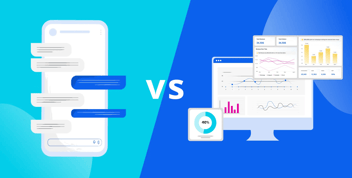
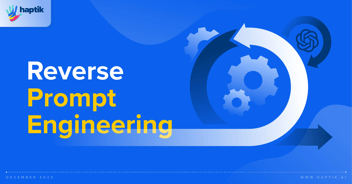

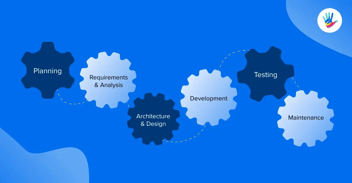
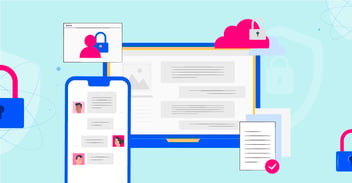


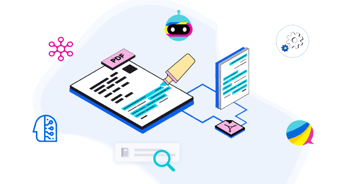
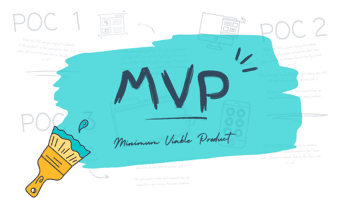
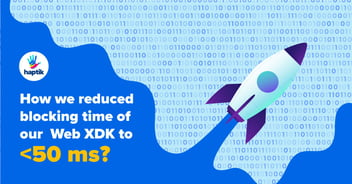
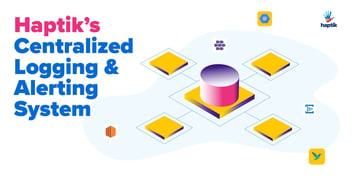


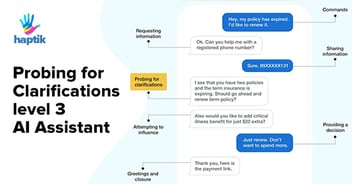
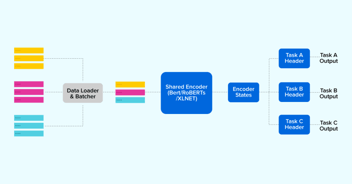

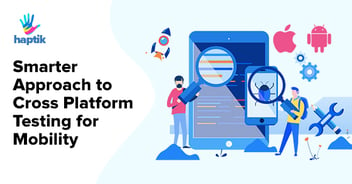

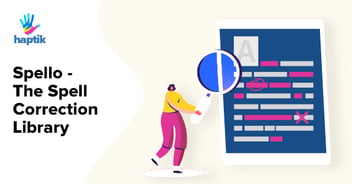
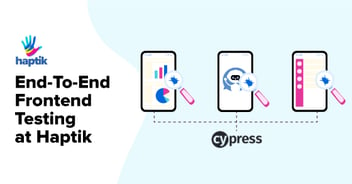
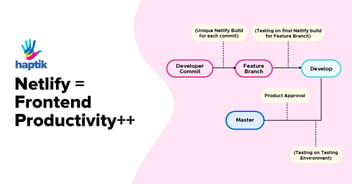

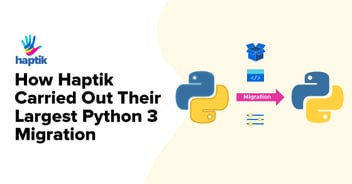
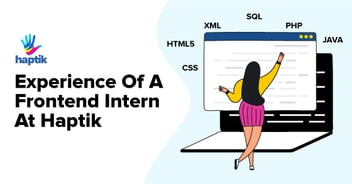
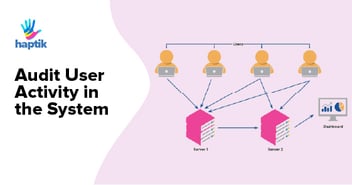
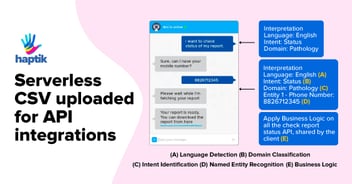

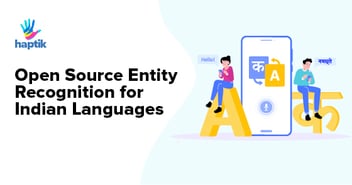

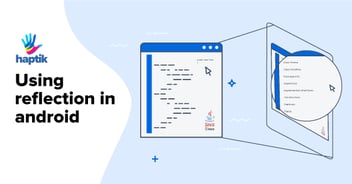
.webp?width=352&name=Charles-Proxy%20(1).webp)
